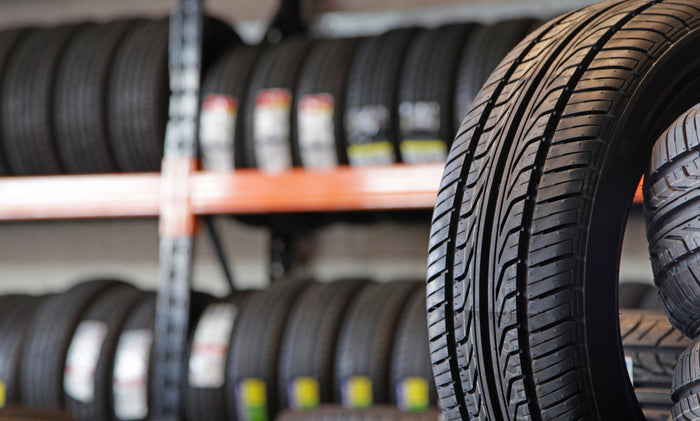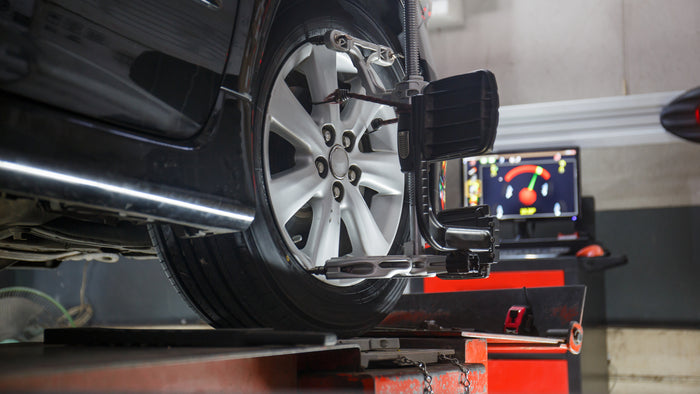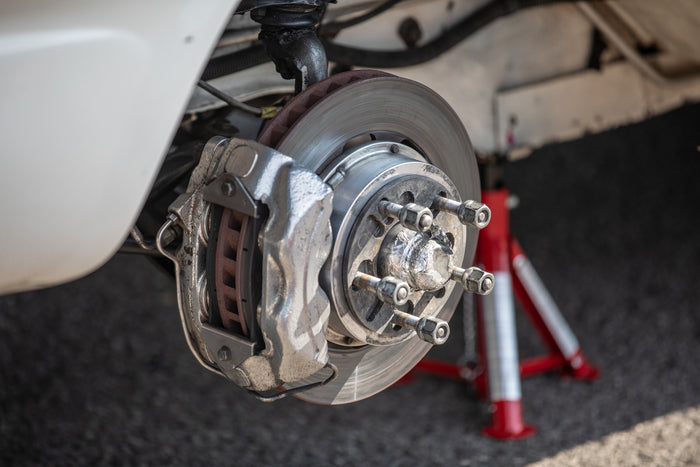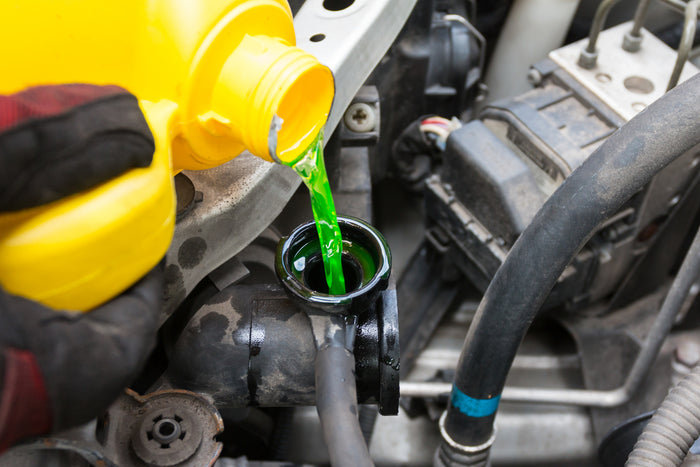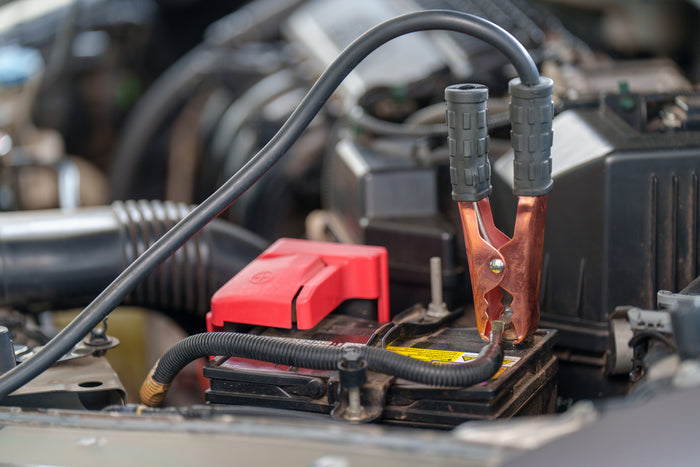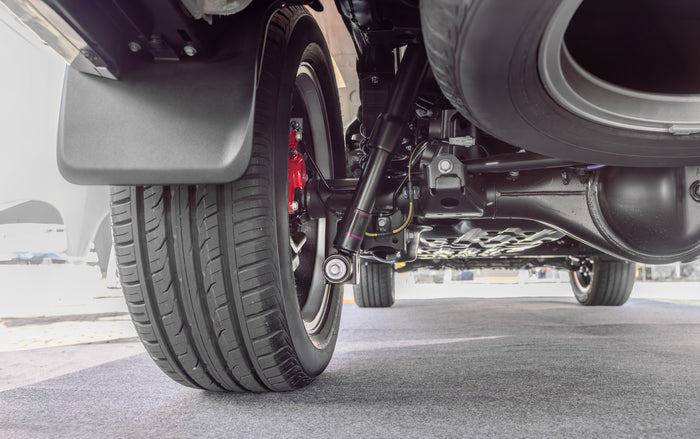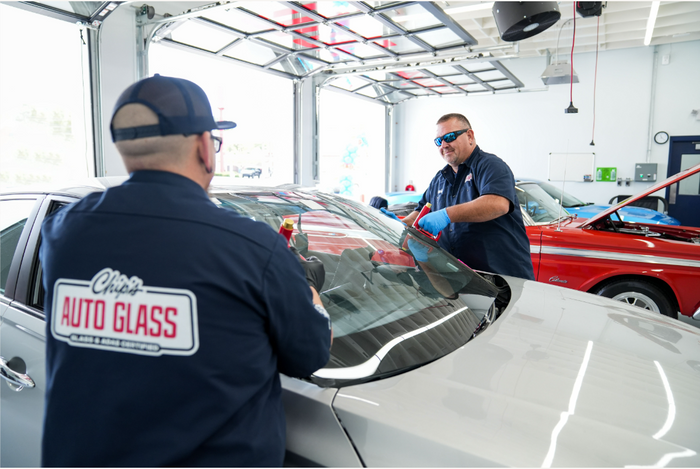
Financing & Payment Options
Taking care of your ride shouldn’t mean putting your life on hold.

Drive Now. Pay Smarter.
For a limited time, you can save up to $250 with your new Tire Discounters Credit Card by combining the deals below.¹
• $50 Online or Mail-In Rebate for New Tire Discounters Credit Card accounts on first qualifying purchase of $250+ (before tax) made between 9/1/2025 and 12/31/2025. Paid by prepaid card or virtual card.¹
• Get a $100 Online or Mail-In Rebate on a set of 4 select Goodyear tires purchased between 12/1/2025 and 12/31/2025. Paid by prepaid card or virtual card.¹
• Up to a $75 Online or Mail-In Rebate on a set of 4 select Cooper tires purchased between 12/1/2025 and 12/31/2025. Paid by prepaid card or virtual card.¹
• Plus, get a $100 Extra Savings Coupon by submitting your email address at https://social.tirediscounters.com/coupon_signup between 12/1/2025 and 12/31/2025 usable for a purchase discount on a set of 4 tires totaling $750+ (before tax, fees, and other discounts). The coupon will be valid for 30 days from the date it is emailed to you.¹
¹Terms and conditions apply. Click Learn More for details.
Other Options
-

Pay at the Time of Purchase
All Tire Discounters locations proudly accept:
• Cash
• Visa
• MasterCard
• Discover
• American Express
• WEX
• Voyager
• Tire Discounters Gift Cards
• Tire Discounters Credit Card
• National Fleet Accounts -
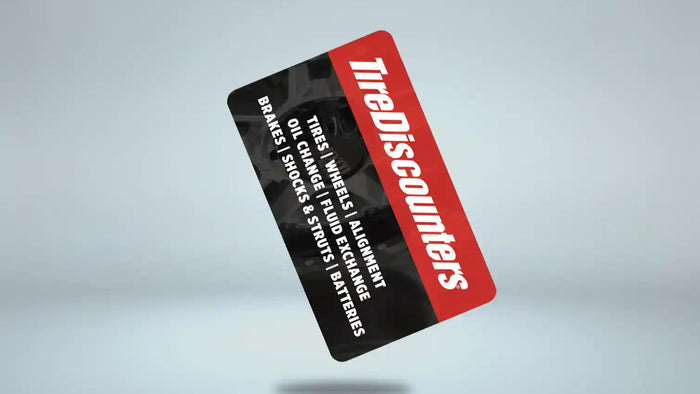
Tire Discounters Gift Cards
Get 'em at any Tire Discounters location
Can be used for tires, oil changes, alignments, or even just some free air (okay, the air is already free—but you get the idea). Perfect for birthdays, holidays, or “oops, I forgot our anniversary” emergencies. Because nothing says “I care” like making sure your loved one doesn’t hydroplane into a cornfield.
Gift Cards are for..
• All your gearhead friends
• College kids (they can't buy beer with it)
• Your spouse
• Shoot, just about everybody needs a Tire Discounters Gift Card
Other Services
We also offer...
-
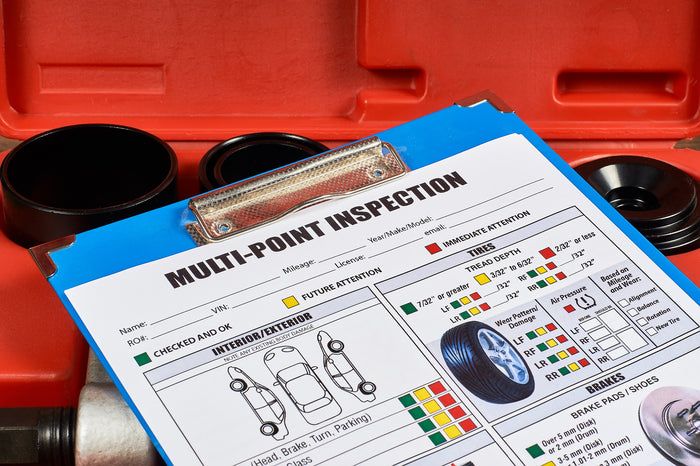
Free Inspection
While the other guys will charge you just to look, we’re here to serve, not scare.
-
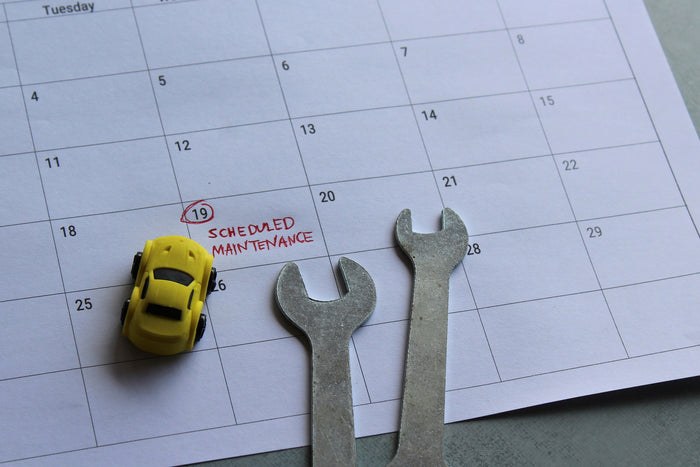
Scheduled Maintenance
Scheduled maintenance is how you protect your vehicle (and your wallet) from big, ugly repair bills.
-
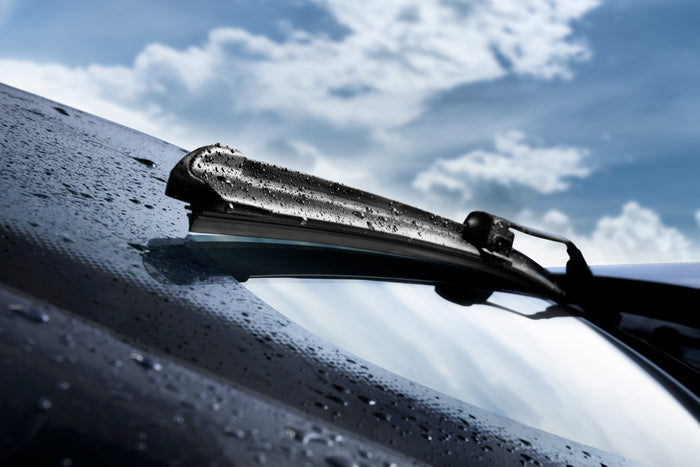
Wiper Blades
We make it fast, easy, and affordable to swap your blades, no wrestling with stubborn clips in the driveway.
-
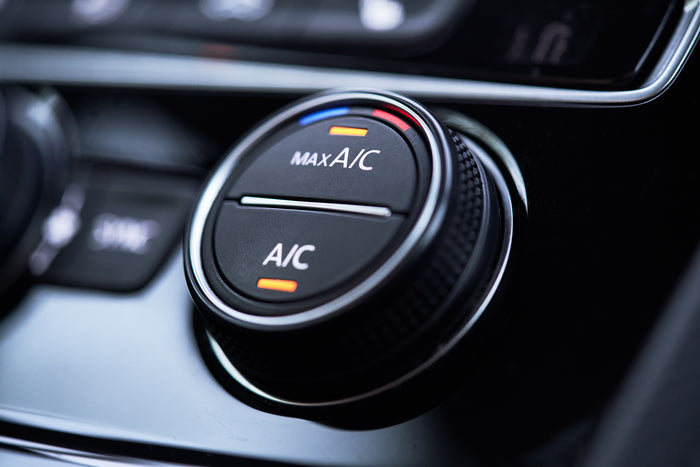
A/C & Heating
We service and charge all vehicle A/C and heating systems for way less than the dealer.



